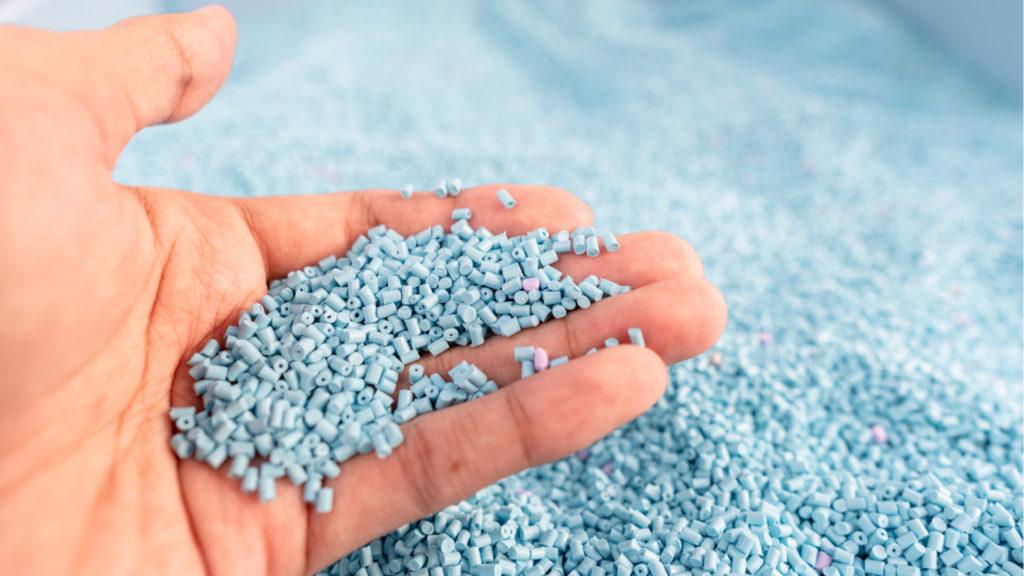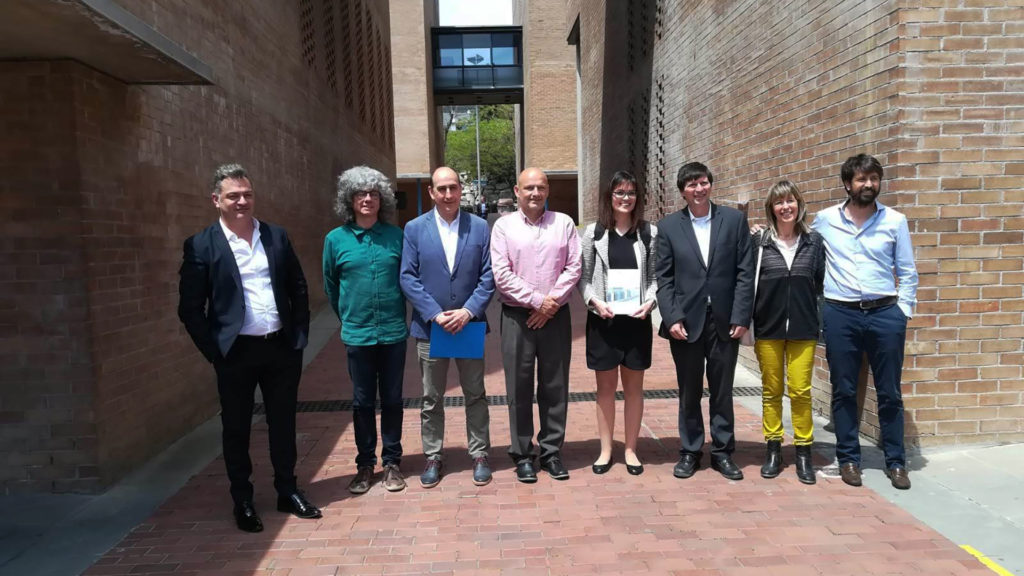The UNESCO Chair Participates in SETAC Europe Annual Meeting
28/05/2025
UNESCO Chair researcher Sandra Ceballos Santos presented the SMART-FOODPRINT project on seafood sustainability at the SETAC Europe 35th Annual Meeting in Vienna.

Según la tesis doctoral recientemente defendida por la investigadora de la Cátedra UNESCO de Ciclo de Vida y Cambio Climático ESCI-UPF, Didem Civancik-Uslu, calificada de sobresaliente Cum Laude, el uso sostenible de materiales plásticos sería posible con la incorporación de aditivos minerales.
There is more in plastics than meets the eye. Fillers, for instance. These are compounds added into the plastic basic structure to increase its physical properties such as flexibility, opacity, thermal conductibility, and overall endurance. Mineral fillers, in particular, are cheap and common and, the more you use, the less petrochemicals in the system. But, are they environmental friendly?
With this idea in mind, Dr Didem Civancik-Uslu, researcher at the UNESCO Chair in Life Cycle and Climate Change ESCI-UPF, undertook a project supervised by professor Pere Fullana i Palmer, director of the Chair, to find out how plastic fillers based in chemical compound Calcium Carbonate (CaCO3) and talc, impact a product’s overall sustainability. The initial literature review offered no much insight on the topic, so she just started from scratch.
The chosen methodology was the Life Cycle Assessment (LCA), a systematic analysis of every aspect in the lifetime of a product: from the origin of its basic materials to the transport, production, usage, and disposal of the final good, including its recyclability. LCA is the mainstream methodology for sustainability assessment worldwide, under the ISO standards, and with little ambiguities in its implementation.
In her research, supported by the Spanish company GCR Group, Civancik-Uslu applied the LCA method to a variety of plastic items, such as food trays, cosmetic tubes, and plastic bags. All those can be produced with or without mineral fillers and the objective was to check whether the addition of these compounds into the basic formulation of plastics could result in a more sustainable product.
The main conclusions of the analysis, partly published in international scientific journals and successfully defended on 16 May, 2019, in the form of a PhD thesis, claim that the addition of functional mineral fillers into the most common plastics (both virgin or recycled polypropylene and polystyrene) improve many of its sustainability parameters, such as water use and CO2 emissions. And they are cheaper too.
Europe is going plastic-free because our dependence on this petrol-derived all-purpose material is already threatening our land and sea. The complete ban on plastics will be a tough and long process. Most probably, some applications would not have a substitute and, in many cases, the substitutes may have higher environmental impacts. In the meantime, functional mineral fillers could be a first step in the right direction.

Photo: Didem Civancik-Uslu (centre of the picture), and thesis advisor Pere Fullana and co-advisor Rita Puig (on the left side of the picture), accompanied by the doctoral committee
28/05/2025
UNESCO Chair researcher Sandra Ceballos Santos presented the SMART-FOODPRINT project on seafood sustainability at the SETAC Europe 35th Annual Meeting in Vienna.
14/05/2025
The team of the European project Greentour, coordinated by researchers from the UNESCO Chair in Life Cycle and Climate Change (ESCI-UPF), has published a new article in the journal Sustainability presenting an innovative tool to assess the environmental impact of tourism at both destination and establishment levels.
14/05/2025
Els propers 19, 20 i 21 de maig es celebra el Pint of Science, el festival internacional de divulgació científica que transforma bars i espais quotidians en escenaris per al coneixement. Enguany, ESCI-UPF participarà com a entitat col·laboradora en l'esdeveniment que co-organitza la professora Mercè Roca a Mataró.
Leave a message